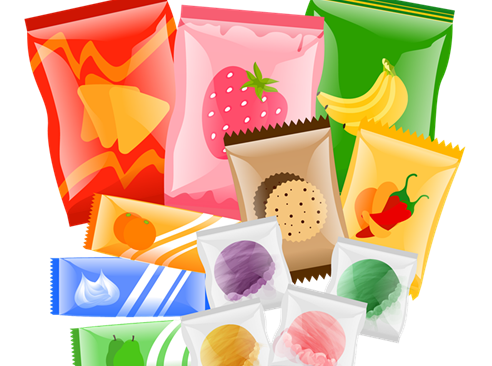On January 19, 2024, the National Health Commission of the People’s Republic of China (NHC) released the General Rules for the Labeling of Prepackaged Food (Draft) (hereinafter referred to as GB 7718 draft) for public comments. Comments are welcomed before February 29, 2024. CIRS Group has compiled the key changes in the draft to help food enterprises gain a clearer understanding of the design requirements for the labeling of prepackaged food.

Details are as follows:
Adjust the font size on the labels
Revised requirements regarding the minimum font height for the mandatory labeling content on prepackaged foods. The following three categories are introduced based on the size of the largest surface area of the packaging:
Range of the maximum surface area (X) of the packaging or packaging containers | Minimum height of characters/mm |
60 cm2≤X<150 cm2 | 1.8 |
150 cm2≤X<400 cm2 | 2 |
X≥ 400 cm2 | 2.5 |
Mandate the labeling of allergens
GB 7718 draft specifies that allergens shall be indicated as mandatory content rather than recommended ones, while those that may be introduced during the production process can remain under recommended labeling.
Standardize composite ingredients labeling
Composite ingredients shall be indicated in the ingredients list, followed by their original ingredients listed within parentheses in descending order. For composite ingredients within composite ingredients, it is not necessary to further list their original ingredients.
Standardize the labeling requirements for dates
It’s stipulated in the GB 7718 draft that both the production and expiry date shall be marked in the order of year, month, and day. For products with a shelf life of one year or more, the production date may not be required. The minimum character height for date labeling shall not be less than 3 mm, and the height-to-width ratio shall not exceed 3:1.
Introduce regulations regarding digital labeling
Food producers are now encouraged to display food information through digital labels, provided that these labels comply with the current standards for prepackaged food. Digital labels, considered an integral part of food labels, shall also adhere to relevant standards and requirements. This innovative approach not only helps enterprises streamline the label designs and save space on packaging, but also enables consumers to access detailed product information at a glance.
Standardize the labeling requirements for imported food
(1) All visible markings on the labels of imported prepackaged foods, including both the original and the Chinese labels, must comply with relevant Chinese regulations. For the mandatory information presented on the Chinese labels, there shall be an exact match between the Chinese and other foreign languages. Contents written in any other foreign languages or traditional Chinese characters that are visible on the labels shall also correspond to the standardized Chinese, excluding trademarks and the like.
(2) Requirements for indicating the country (or region) of origin are further detailed to align with the Regulations of the People’s Republic of China on the Origin of Import and Export Goods. In cases where the filling or packaging of products is carried out outside the country of origin, the country (or region) of filling or packaging shall also be indicated.
“Label defects” not directly related to food safety
In the GB 7718 draft, the font, font size, font height, maximum surface area, and other format requirements that are not directly related to food safety have been moved from the main body to the Appendix. This facilitates market regulatory authorities in determining “label defects”, thereby reducing unnecessary administrative costs and industry burdens.
Summary
In addition to the significant changes mentioned above, there are other detailed adjustments in the draft. For instance, restrictive usage requirements are introduced for terms such as “none” and “free from”, among others, and it’s specified that phrases including “no...added” or “does not use” should not be used. Moreover, it standardizes the use of food claims on food labels and incorporates its basic requirements into the standard. Enterprises should study the updated standard to avoid missing out on important details after it’s officially released.
If you need any assistance or have any questions, please get in touch with us via service@cirs-group.com.

